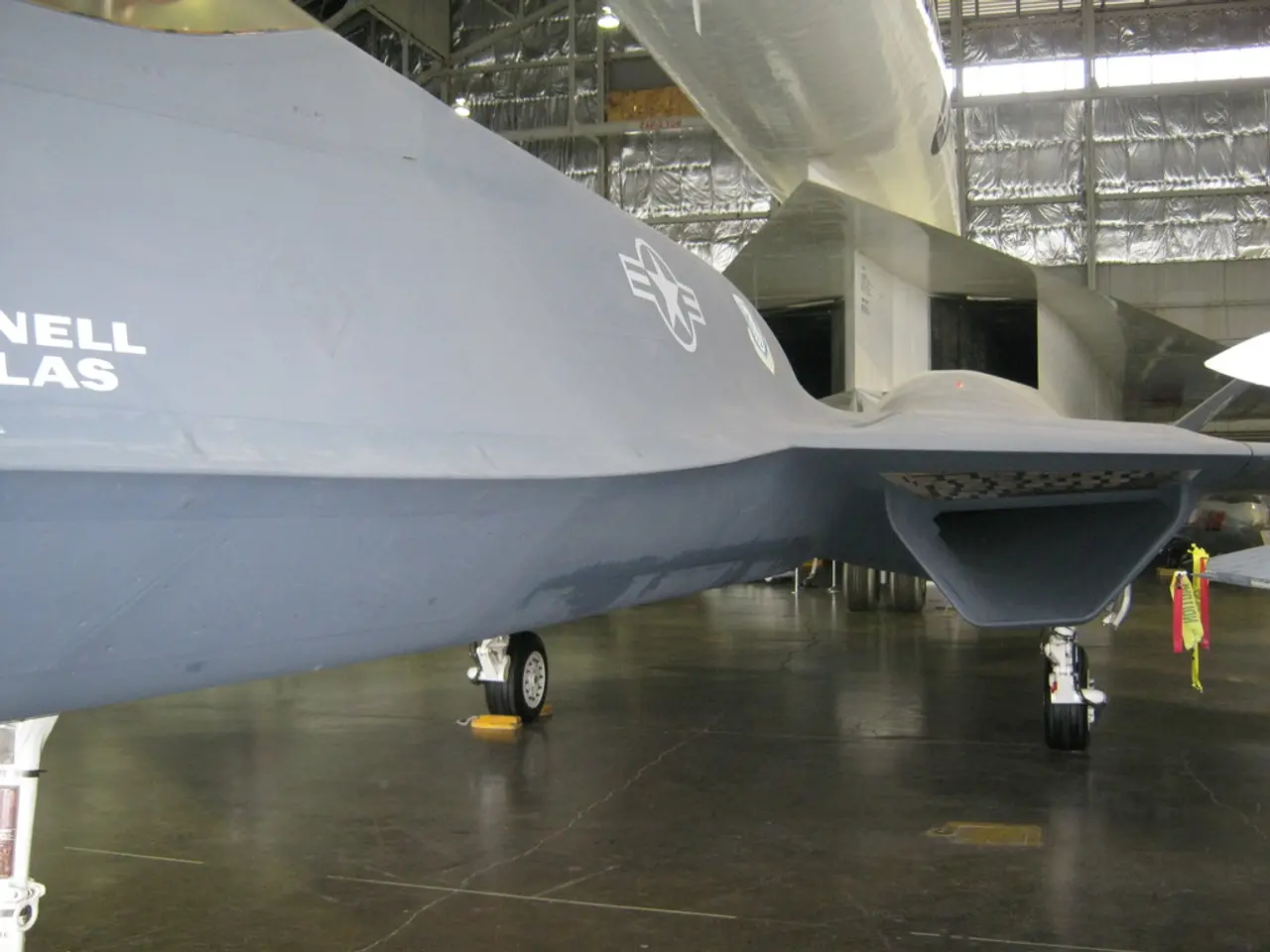Pioneering Aldasoro Brothers of Mexican Aviation Industry
In the early 1900s, the Aldasoro Brothers—Juan Pablo and Eduardo Aldasoro Suárez—emerged as key figures in the burgeoning aviation industry of Mexico. Born in Hidalgo State of Mexico, Juan Pablo on September 14, 1893, and Eduardo on October 27, 1894, these brothers embarked on a groundbreaking journey that would shape the future of Mexican aviation.
Their first project was the design and construction of a glider, which they began in 1908. In an attempt to protect their designs, they created a specific glider that was difficult to replicate. On March 9, 1909, they took their glider to an unobstructed open area and attached it to a steam car named "White." Juan Pablo, the pilot, and his brother Eduardo, who drove the car, successfully tested the glider at the fields of the Piedad Cemetery.
Their engineering prowess was evident in the air-cooled engine they completed in January 1911. Capable of developing up to 60 hp and 900 RPM, the engine also boasted a remarkable weight/power ratio of 3 kilos per hp. However, an unfortunate accident during a test flight resulted in Juan Pablo breaking his leg, leading the brothers to rethink their engine design for safety.
Despite the setback, the brothers persevered and continued their work. Their pioneering efforts included the design and construction of powered airplanes, contributions that significantly advanced aeronautical engineering in Mexico. Their innovative "thick wing" design improved the streamlined features of their planes, marking a significant step forward in aviation technology.
The Aldasoro Brothers' achievements did not go unnoticed. The Minister of War, General Angel Garcia Peña, recognised their potential and awarded the brothers scholarships by the Mexican Government. This enabled them to attend the New York aviation school, where Juan Pablo became the first Mexican to graduate as a pilot on March 12, 1913. He was eventually authorised to fly over the Statue of Liberty, a testament to his skills and the progress he had made in the field of aviation.
Their father, who served as Minister of Public Works at the time of Porfirio Díaz, undoubtedly influenced the brothers' interest in engineering and innovation. Juan Pablo even held the position of General Manager of the "Las Dos Estrellas" Mine, demonstrating the breadth of their talents.
The Aldasoro Brothers' pioneering work laid the groundwork for Mexican aviation development and inspired future generations of aviators in the country. Their story serves as a testament to the power of innovation, perseverance, and the pursuit of dreams.
- The Aldasoro Brothers' innovative "thick wing" design, a significant step forward in aviation technology, was a testament to their contribution to the advancement of science and technology in the field of aviation and space-and-astronomy.
- Juan Pablo Aldasoro, after graduating as the first Mexican pilot from an aviation school in New York, demonstrated his skills not only in the realm of aviation pioneers but also in science and technology, as he was authorized to fly over the Statue of Liberty.




